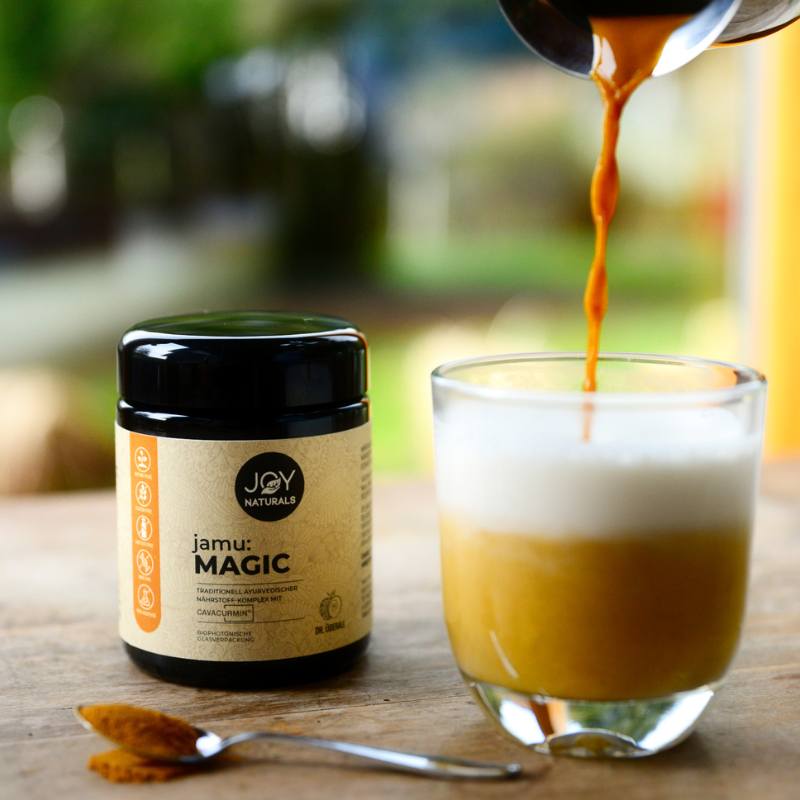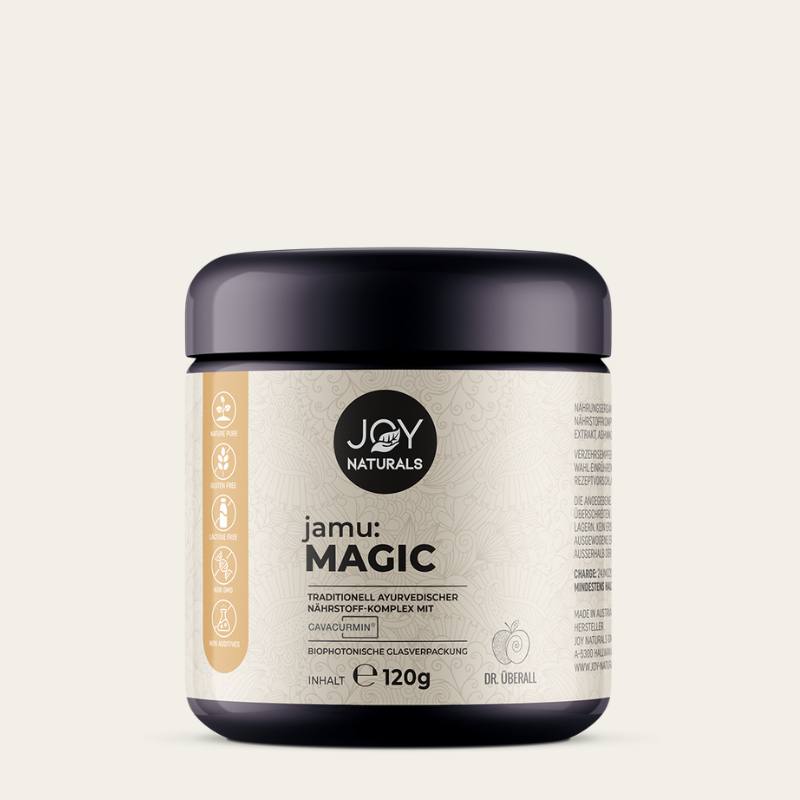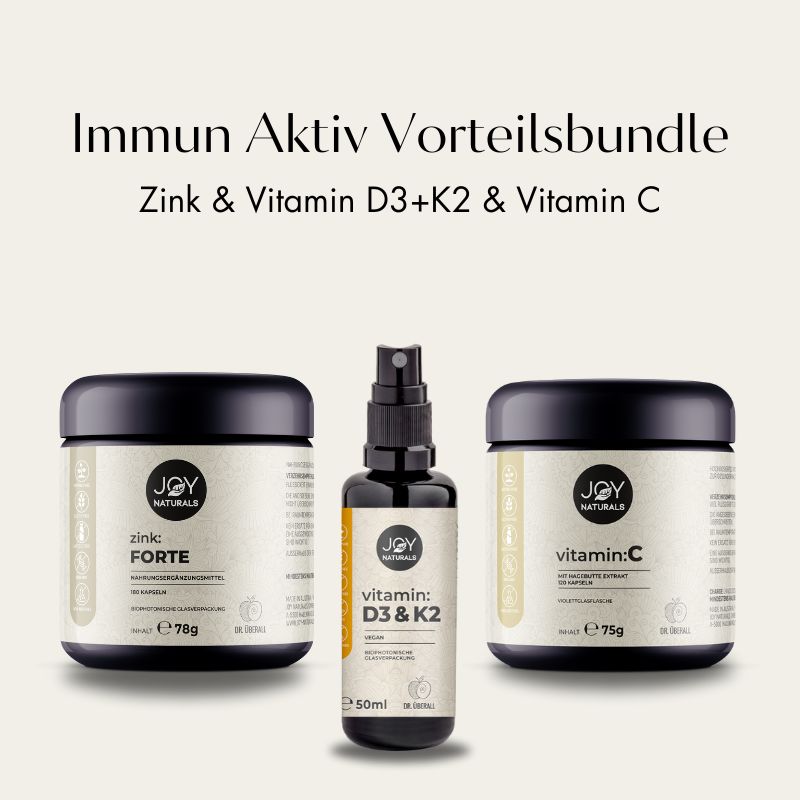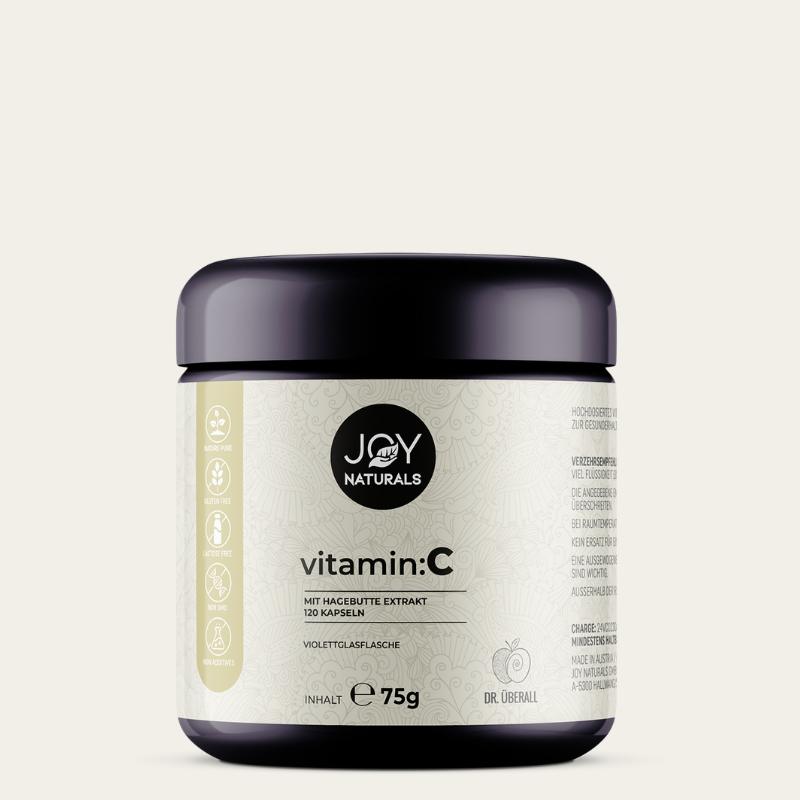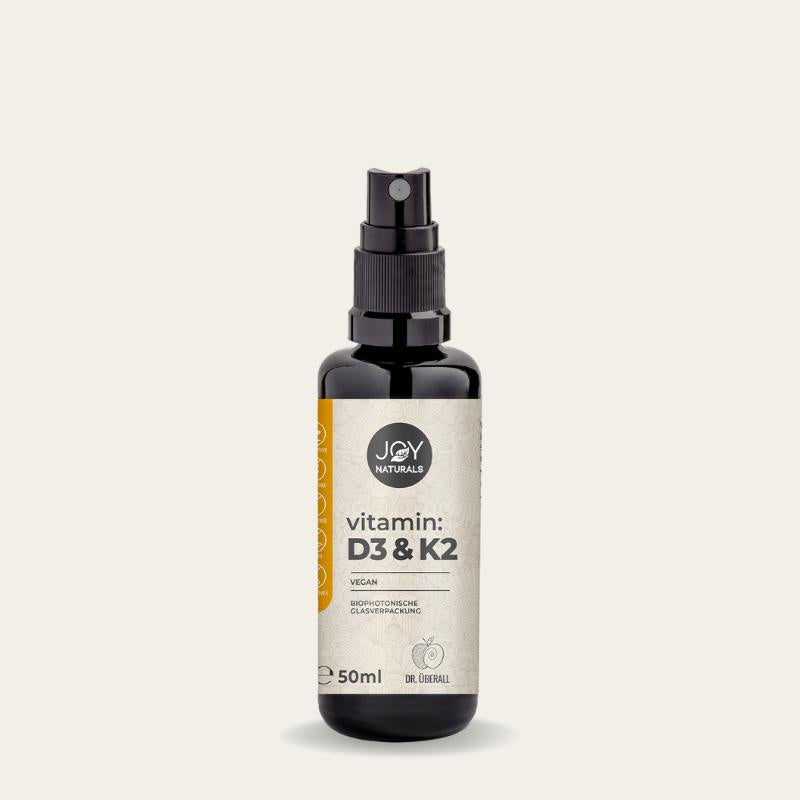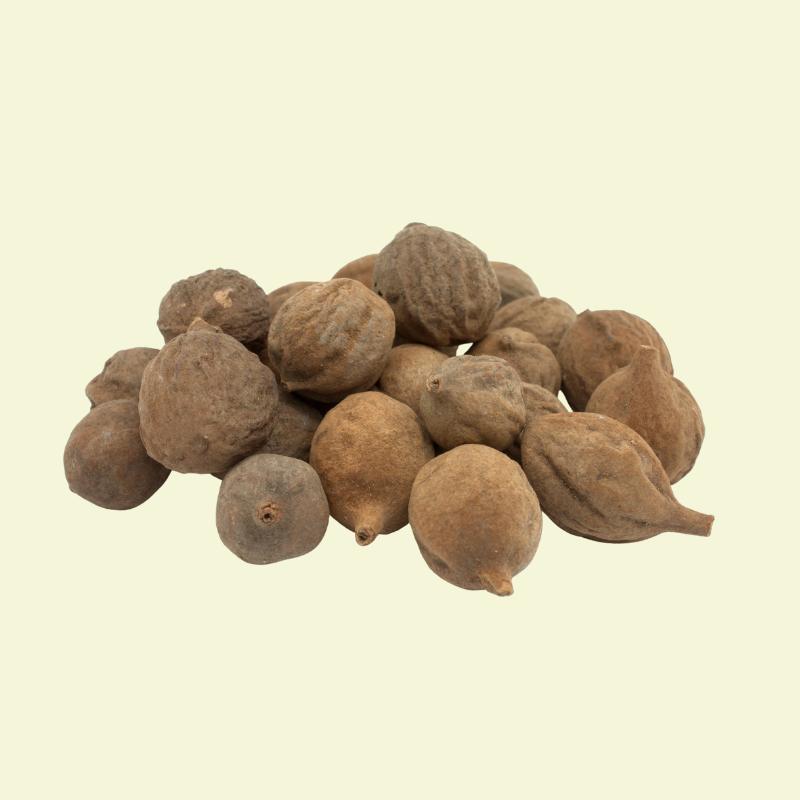
Lung diseases are on the rise, and not just since the corona pandemic and the lung disease started wreaking havoc. This development is devastating, because healthy and fully functional lungs not only play a fundamental role in physical performance, they are simply vital.
The good news: Many circumstances that have a positive effect on lung health can be actively influenced. It is therefore important to maintain a lung-friendly lifestyle. This can be achieved primarily through healthy eating and the targeted selection of specific nutrientsHere you can find out what these are, which stress factors should also be avoided and which vitamin status should be given special attention.
The Lungs: Highly Complex Control Center for Health & Performance
The lungs provide the most important organ in the human respiratory system. Together with the heart and the large blood vessels, the lungs are located inside the chest cavity. The central respiratory organ is surrounded by the ribs, which provide a protective effect for the vital organ.
The lungs ensure that the human blood with vital oxygen from the air we breathe. Each breath carries oxygen-rich air through the windpipe, through the bronchi, and into the alveoli. At this point, the inhaled oxygen enters the blood vessels and is distributed throughout the body via the bloodstream.
The oxygen supply plays a major role in physical performance plays a crucial role. High physical stresses require large amounts of oxygen.
The performance of the lungs enables or limits performance. Interestingly, while healthy adults have a lung volume of between two and three liters, the lung capacity of a competitive athlete can reach up to eight liters.
This makes it clear: The lungs are adaptable and can be trained.
The right diet for healthy lungs
In addition to giving up cigarettes and trying to stay away from harmful environmental influences as much as possible, diet is also a great way to promote lung health. The key is a lung-friendly diet!
This lung-friendly diet is characterized primarily by the consumption of sufficient fruit and vegetables. For example, a long-term study over a period of 10 years found that increased intake of fruit and vegetables (especially apples, bananas and tomatoes) could slow down the natural aging process of the lungs. (1)
But the targeted selection of nutrients also enriches a lung-friendly diet. Above all, turmeric (Curcuma longa), which is also known as turmeric root or yellow ginger, has been shown to be effective in many studies on lung health.
The main protagonist in this context is curcumin, which is the active ingredient in turmeric. What has long been practiced in the East as part of Ayurvedic medicine is now also gaining increasing recognition in the Western world. Study results give the impression that curcumin is able to reduce specific lung damage.
This seems to be achieved by preventing inflammation and oxidative stress or by positively influencing these factors through the administration of curcumin.Due to the positive study results, scientists are even considering using curcumin to treat inflammatory lung diseases such as COPD, asthma or pulmonary fibrosis. (2)
But turmeric is not the only ingredient that is good for the lungs; ginger (Zingiber officinale) also scores points with its antioxidant and anti-inflammatory properties.
In a scientific study, for example, researchers found that the administration of ginger reduced severe lung damage caused by hyperoxia and inflammation in the context of bronchopulmonary dysplasia (BPD). (3)
The Chaga mushroom (Inonotus obliquus) is also regularly subjected to studies that deal with lung health. Very interesting results have already been obtained from animal experiments.
Here, the administration of Chaga extract not only reduced the size of lung cancer tumors by 60%, but also prevented further spread. (4) The extent to which these promising findings can be transferred to humans will certainly be investigated in more detail in human studies in the future.
Vitamin D & Lung Health: Closing the Supply Gaps!
A strong immune system is the basis for healthy lungs. An optimal vitamin D supply has been proven to support the immune system. The problem: only a small part of the vitamin D requirement can be covered through diet.
The main absorption occurs through the skin while we are exposed to sunlight in the fresh air.
Another problem: In our latitudes, it is not possible to absorb sufficient vitamin D all year round due to the dark autumn and winter months.
And even when the sun shines between October and April, the UV-B rays that are important for vitamin D synthesis do not reach us due to the lower orientation of the sun. It is therefore not surprising that over 40% of the population in Europe are found to have a low vitamin D status during the winter months. Around 18% even suffer from a deficiency. (5)
This is not good news for the functioning of the immune system, as this increases the risk of respiratory diseases or lung infections.
Particularly interesting: New findings continue to confirm the influence of vitamin D on the functionality and health of the lungs.
Scientific studies provide evidence that a vitamin D deficiency may even be involved in the development of an autoimmune lung disease with reduced lung function. (6)
A meta-analysis also found that asthma patients who took additional vitamin D had fewer severe asthma attacks.
In addition, the need for emergency medical care due to severe asthmatic symptoms was reduced. (7) Last but not least, there are even initial indications that vitamin D can have a positive effect on the course of the new lung disease Covid-19. (8)
Conclusion: A lung-friendly lifestyle is the way to more health & performance
As the central respiratory organ, the lungs not only keep people alive, but also play a key role in our health and performance. Such an important organ deserves the necessary care in order to be able to perform its vital function as reliably and for as long as possible.
It is therefore important to protect the lungs from the numerous stress factors in everyday life.A lung-friendly lifestyle includes giving up cigarettes, consciously distancing yourself from environmental toxins and a lung-friendly diet with top picks from the field of micronutrients.
Basically, enough fruit and vegetables are not only healthy, but also slow down the natural aging process of the lungs!
Anyone who includes turmeric, chaga and ginger in their diet is relying on nutrients that have shown promising results in numerous studies on lung health.
If you also pay attention to your vitamin D status, you will strengthen your immune system and thus also the resistance of your lungs. Vitamin D3 & K2 closes supply gaps that threaten to occur especially in the winter months when there is little sun.
Sources
(1) Vanessa Garcia-Larsen, James F. Potts, Ernst Omenaas, Joachim Heinrich, Cecilie Svanes, Judith Garcia-Aymerich, Peter G. Burney, and Deborah L. Jarvis, NCBI, “Dietary antioxidants and 10-year lung function decline in adults from the ECRHS survey,” at: https://www.ncbi.nlm.nih.gov/pmc/articles/PMC5739275/, last accessed on November 17, 2020
(2) Narayanan Venkatesan, Durairaj Punithavathi, Mary Babu, “Protection from acute and chronic lung diseases by curcumin”, at: https://pubmed.ncbi.nlm.nih.gov/17569221/, last accessed on November 17, 2020
(3) Atilla Çifci, Cüneyt Tayman, Halil İbrahim Yakut, Halit Halil, Esra Çakır, Ufuk Çakır, Salih Aydemir, NCBI, “Ginger ( Zingiber officinale ) prevents severe damage to the lungs due to hyperoxia and inflammation,” at: https://pubmed.ncbi.nlm.nih.gov/30121057/, last accessed on November 17, 2020
(4) Satoru Arata,⁎ Jun Watanabe,a Masako Maeda, Masato Yamamoto, Hideto Matsuhashi, Mamiko Mochizuki, Nobuyuki Kagami, Kazuho Honda, and Masahiro Inagakic, NCBI, “Continuous intake of the Chaga mushroom (Inonotus obliquus) aqueous extract suppresses cancer progression and maintains body temperature in mice,” at: https://www.ncbi.nlm.nih.gov/pmc/articles/PMC4946216/, last accessed on November 17, 2020
(5) Kevin D Cashman,* Kirsten G Dowling, Zuzana Škrabáková, Marcela Gonzalez-Gross, Jara Valtueña, Stefaan De Henauw, Luis Moreno, Camilla T Damsgaard, Kim F Michaelsen, Christian Mølgaard, Rolf Jorde, Guri Grimnes, George Moschonis, Christina Mavrogianni, Yannis Manios, Michael Thamm, Gert BM Mensink, Martina Rabenberg, Markus A Busch, Lorna Cox, Sarah Meadows, Gail Goldberg, Ann Prentice, Jacqueline M Dekker, Giel Nijpels, Stefan Pilz, Karin M Swart, Natasja M van Schoor, Paul Lips, Gudny Eiriksdottir, Vilmundur Gudnason, Mary Frances Cotch, Seppo Koskinen, Christel Lamberg-Allardt, Ramon A Durazo-Arvizu, Christopher T Sempos, and Mairead Kiely. “Vitamin D deficiency in Europe: pandemic?”, at: https://www.ncbi.nlm.nih.gov/pmc/articles/PMC5527850/, last accessed on November 17, 2020
(6) Jared T Hagaman, Ralph J Panos, Francis https://pubmed.ncbi.nlm.nih.gov/20688927/, last accessed on November 17, 2020
(7) Adrian R Martineau, Christopher J Cates, Mitsuyoshi Urashima, Megan Jensen, Alex P Griffiths, Ulugbek Nurmatov, Aziz Sheikh, Chris J Griffiths, NCBI, “Vitamin D for the management of asthma”, at: https://pubmed.ncbi.nlm.nih.gov/27595415/, last accessed on November 17, 2020.
(8) Marta Entrenas Castillo,a Luis Manuel Entrenas Costa,a,* José Manuel Vaquero Barrios,a Juan Francisco Alcalá Díaz,b José López Miranda,b Roger Bouillon,c and José Manuel Quesada Gomezd, NCBI, "Effect of calcifediol treatment and best available therapy versus best available therapy on intensive care unit admission and mortality among patients hospitalized for COVID-19: A pilot randomized clinical study", at: https://www.ncbi.nlm.nih.gov/pmc/articles/PMC7456194/, last accessed on November 17, 2020


